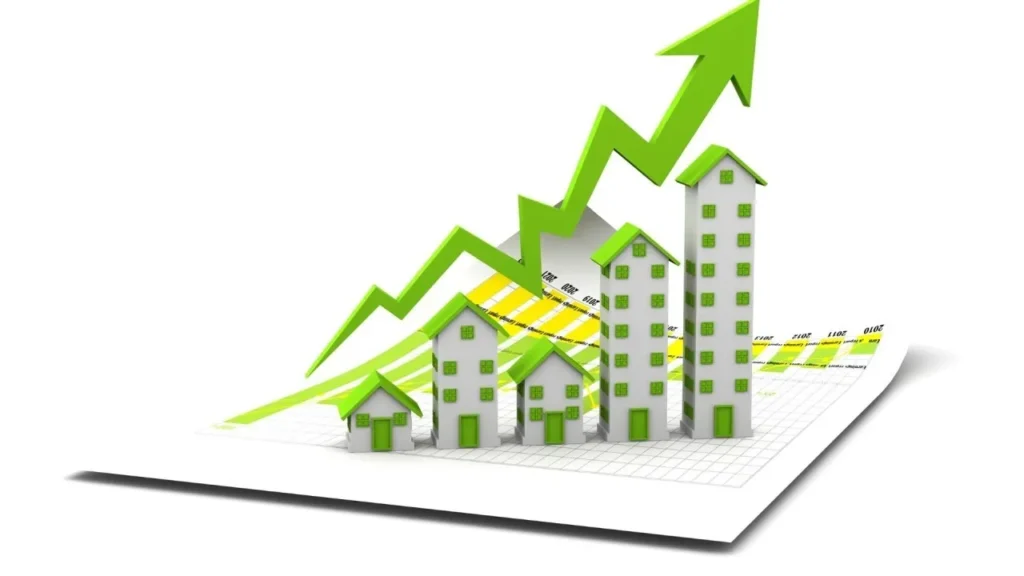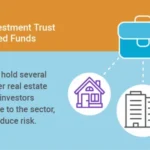🎁 Want a Surprise?
Click here to get redirected to a random post
Interest rate fluctuations are some of the most powerful levers shaping the global real estate market. When central banks pivot to combat inflation, borrowing costs spike—and this sends ripples through homebuying, property development, REITs, and rental markets. As governments maintain a “higher‑for‑longer” rate regime, investors and developers are recalibrating strategies to adapt and thrive.
1. How Do Rate Hikes Affect Homebuyers?
When central banks raise interest rates, mortgage lending becomes more expensive. For example, a $500,000 mortgage at 4% carries a monthly payment of around $2,387. At 6%, that jumps to $2,998—a 25% increase—dramatically reducing affordability for many buyers Redbox Estate+9TimesBack+9JPMorgan Asset Management+9.
In the U.S., persistently high borrowing costs—near 7%—have essentially frozen the market. Homeowners who locked in lower rates are staying put, creating a “lock‑in effect” and limiting housing supply Investopedia+1Reddit+1.
What this means:
- Reduced buyer pool, particularly among first-time homebuyers
- Sellers reluctant to market and give up low-rate mortgages
- Limited housing supply pushing prices upward, despite sluggish sales Reddit+2Investopedia+2Better Homes & Gardens+2
2. The Impact on Developers & Construction
High interest rates also skyrocket financing costs for developers. New builds slow as borrowing becomes costlier: office projects are down ~83% and multifamily starts down ~70% compared to peak years Wikipedia+3JPMorgan Asset Management+3BDO+3.
In Europe, a surge of 450 basis points from the ECB—and 530 bp by the Fed—led to widespread project delays and tighter bank lending guidelines BDO.
The outcome:
- Pipeline slowdown and longer project timelines
- Project cancellations or pause regions where financing stalls
- Downward pressure on property values due to less new supply
3. Rent Market—Winners and Losers?
With homeownership out of reach for many, demand for rental housing is soaring. Platforms report strong rental price increases across major cities like Sydney—which has seen a 12% rise in rent over 2022 Wikipedia.
Global patterns show more renters, which is a boon for those owning cash-flowing rental properties. Still, landlords must manage maintenance, vacancy risks, and tax implications Dwellings Digest.
4. Commercial Real Estate: A Mixed Picture
Commercial real estate (CRE), especially office space, has taken a hit from rate hikes and hybrid work shifts. US and China are facing increased distress, defaults, and reduced valuations JPMorgan Asset Management+2Wikipedia+2The Flex Insights+2.
However, equity in rent‑producing, high-quality CRE assets remains steady. According to J.P. Morgan, supply constraints could improve rents and valuations in select markets .
Pro‑versus‑con summary:
| Rising Rates Impact | Commercial Real Estate |
|---|---|
| ⬇️ Negative | High borrowing costs, refinancing pressure, weaker demand |
| ⬆️ Positive | Rent increases, supply bottlenecks, premium on quality locations |
5. Private Equity & REITs
Rising rates reshape alternative real estate instruments like private equity and REITs. Private equity real estate exceeded $5 trillion in global AUM in 2025, with strong interest in US/Canada and Europe Wikipedia.
While REITs face NAV challenges from cap rate compression, sectors like industrial, multifamily, and logistics are often more insulated .
6. Regional Differences: A Global View
- Pakistan: High central bank rates (12–17%) hit affordability, shrinking sales but boosting rentals. However, policy shifts toward lower rates have reignited real estate investment—with urban hotspots like Lahore, Karachi, and Islamabad leading the rebound UEA Engineers.
- Africa: Nigeria faces affordability issues due to 33% inflation and steep borrowing costs. South Africa and Kenya offer contrasting stories—rate hikes slow markets in the former but easing in the latter encourages growth .
- China: The post‑2020 “Three red lines” squeeze developer liquidity, but government intervention and lower mortgage rates are aiming to restore balance Reddit+4Wikipedia+4Wikipedia+4.
- Italy: The ECB’s rate easing, scheduled mid-year, is expected to revitalize markets—foreign investment is already returning .
7. Investment Strategies in a Hike‑Heavy Environment
- Focus on Strong Cash Flow: Concentrate on multifamily, industrial, logistics, and short-term rentals with robust income profiles TimesBack.
- Buy the Dip: Pressured sellers may offer discounts—capitalise on distressed assets .
- Alternative Financing: Explore seller financing, crowdfunding, or private credit to bypass traditional bank lending TimesBack.
- Refinancing Timing: Assess whether to refinance now or lock current rates, especially for adjustable rate mortgages (ARMs) due to reset .
- Selective Quality Play: Shift toward high-grade real estate assets in prime locations with stable demand .
- Monitor Policy Shifts: Stay alert to central bank moves—a slight cut in late 2025 could open acquisition windows TimesBack.
8. Tools and More Resources
- Investopedia offers useful primers on rate impact on portfolios: “Curious How Interest Rates Impact Client Portfolios?” Investopedia
- RealtyBundles provides deeper dives on rental and investment opportunities amid rate hikes Realty Bundles
- J.P. Morgan analyses CRE supply shocks and investor strategies The Flex Insights
🔍 FAQs
Q1: Are mortgage rates expected to come down in 2025?
A1: In the U.S., moderate rate cuts (25–50 bps) are forecasted by late 2025, potentially reducing 30‑year mortgage rates to ~6.5% MarketWatch.
Q2: Is now a good time to invest in real estate?
A2: It depends. For long‑term investors targeting cash‑flow properties—especially with strong rental potential—current conditions can be favorable, particularly in undervalued or distressed segments .
Q3: How do cap rates respond to rate hikes?
A3: Cap rates typically rise alongside interest rates, compressing property values. However, limited new supply could balance this, especially in stable, quality assets TimesBack+1JPMorgan Asset Management+1.
Q4: What should renters expect in a high‑rate environment?
A4: Renters face tighter markets and rising prices due to increased demand and limited homebuying options .
Q5: How do interest rates differently affect residential vs. commercial markets?
A5: Residential affordability declines, while CRE deals with refinancing pressure. Yet, multifamily and industrial CRE may benefit from enhanced rental demand TimesBack.
✅ In Summary
Higher interest rates have:
- Reduced affordability for homebuyers → suppressed sales volume
- Raised costs for developers → delayed construction
- Increased renter demand → boosting rental income opportunities
- Pressured CRE but elevated rent and select property valuations
- Created a nuanced investment landscape favoring long-term, cash-flow oriented plays
For Further Reading
- Investopedia: How Rising Rates Impact Client Portfolios
- RealtyBundles: Real Estate Opportunities & Risks in a Rate‑Hike Cycle
- J.P. Morgan Insights on CRE Supply Shocks
📌 Final Thoughts
Interest rate hikes may feel like a barrier, but they also reveal opportunities—especially if you’re willing to adjust how and where you invest. From acquisitions to refinancing, every move should be weighed not just on current costs, but on long‑term value and cash flow resiliency. Dive deeper, stay agile, and let informed strategy guide you in this evolving market landscape.

